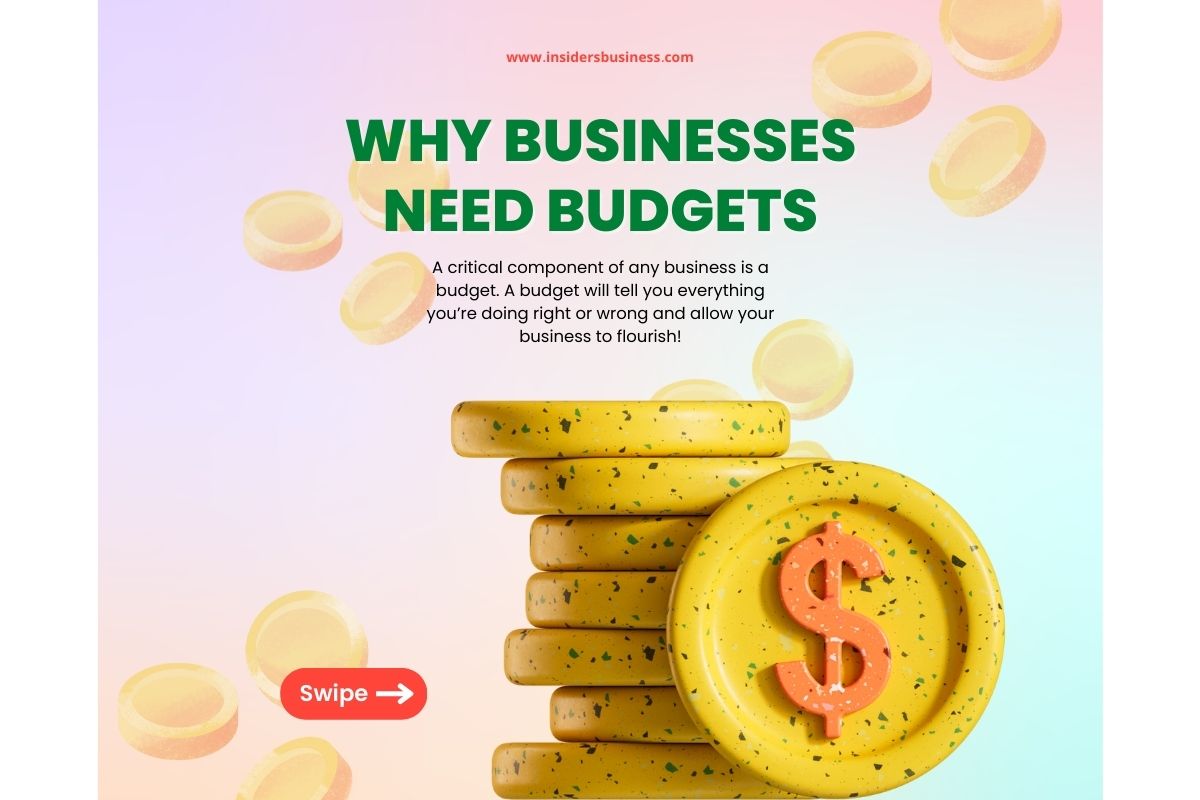At an industrial design company such as Designstein Studios, product requirement documents (PRDs) are commonly used to streamline product development. However, they can present some problems when they are used incorrectly. The best way to utilize these documents is to understand what they stand for and how they can inform decisions along the way. They may not be a complete blueprint, but they are a necessary guide for designers.
As evident by their name, product requirement documents are a set of documents that contain the requirements of any given product. The document establishes a foundation for the development cycle. However, it should not represent stiff, unchanging information. Products will naturally evolve over the course of their creation, especially when it comes to new research and ideas that are presented along the way. If your PRDs are too set, then this will not allow the room for a project to improve. In fact, it may prove detrimental to the product launch. Industrial design companies in California recognize that there should be some flexibility within PRDs in order to allow a product to reach its fullest potential.
Industrial design services find that treating PRDs as a living document is much more conducive to success in product development. This helps remove any hard-and-fast limitations and instead reflects an ongoing process. Industrial designers can update this document as the project evolves in order to keep track of expectations moving forward. Plus, this document cannot possibly be filled out ahead of time with so much unknown. You can’t plan for things that you haven’t faced yet, which is why PRDs should be flexible.
The reason that you will see an industrial design company treat their PRDs as more of an outline is because it is usually drafted by one person. This one person cannot possibly have all the answers for a project and cannot predict the outcome of every development phase. So, it makes sense that this one document would not stand for the project as a whole. Teams in every sector, from design to engineering to management, need to collaborate on the revision of this document as the project continues to expand. This means that the final draft of the PRD could be completely different from the initial draft. However, the main idea may still stand.
Another thing to keep in mind is that the PRD is not the only important document in a development cycle. Flow-charts, notes, and other informative documentation will come in handy for designers and their associates. In other words, the product requirement document is not everything. This concept is very important to convey to employees in higher positions. When it comes to management and chief executives, they may find the PRD to be very handy when it comes to communicating a project. However, they should be aware of the flexibility of the document before they communicate the wrong thing to stakeholders and other investors. Boxing in designers, engineers, and manufacturers will only hurt the success of the product. So, it is best to keep an open mind and an in-depth record of the work’s evolution.



